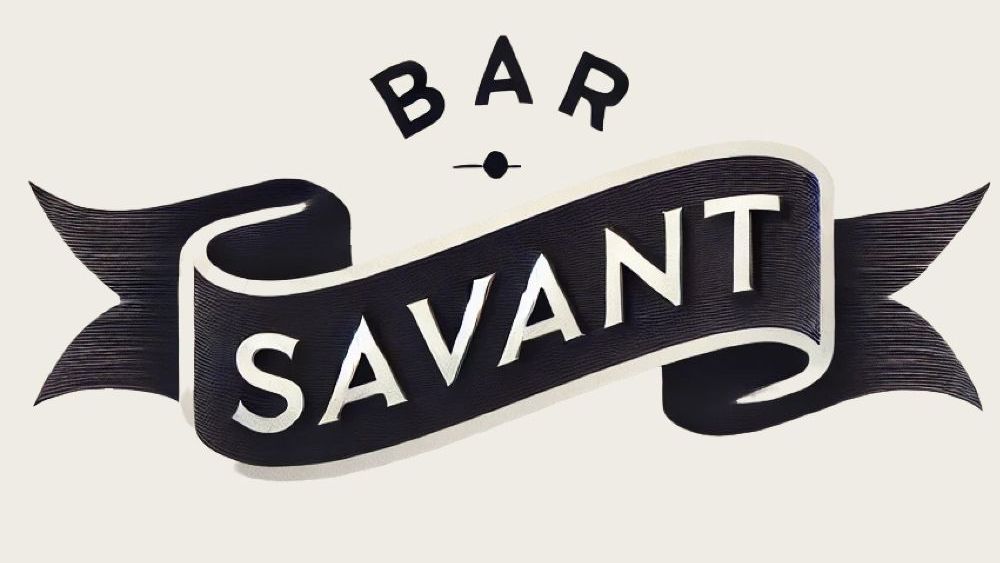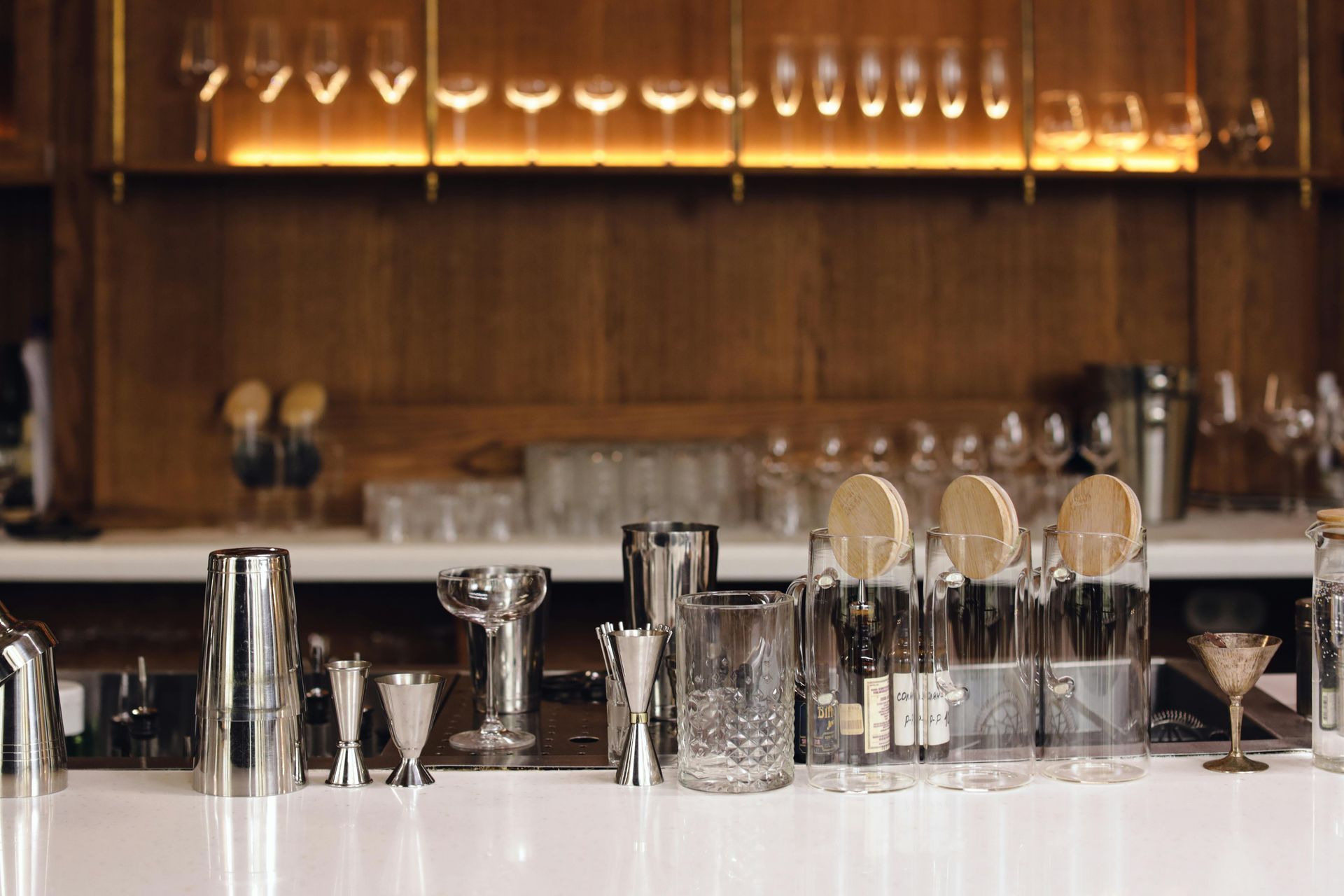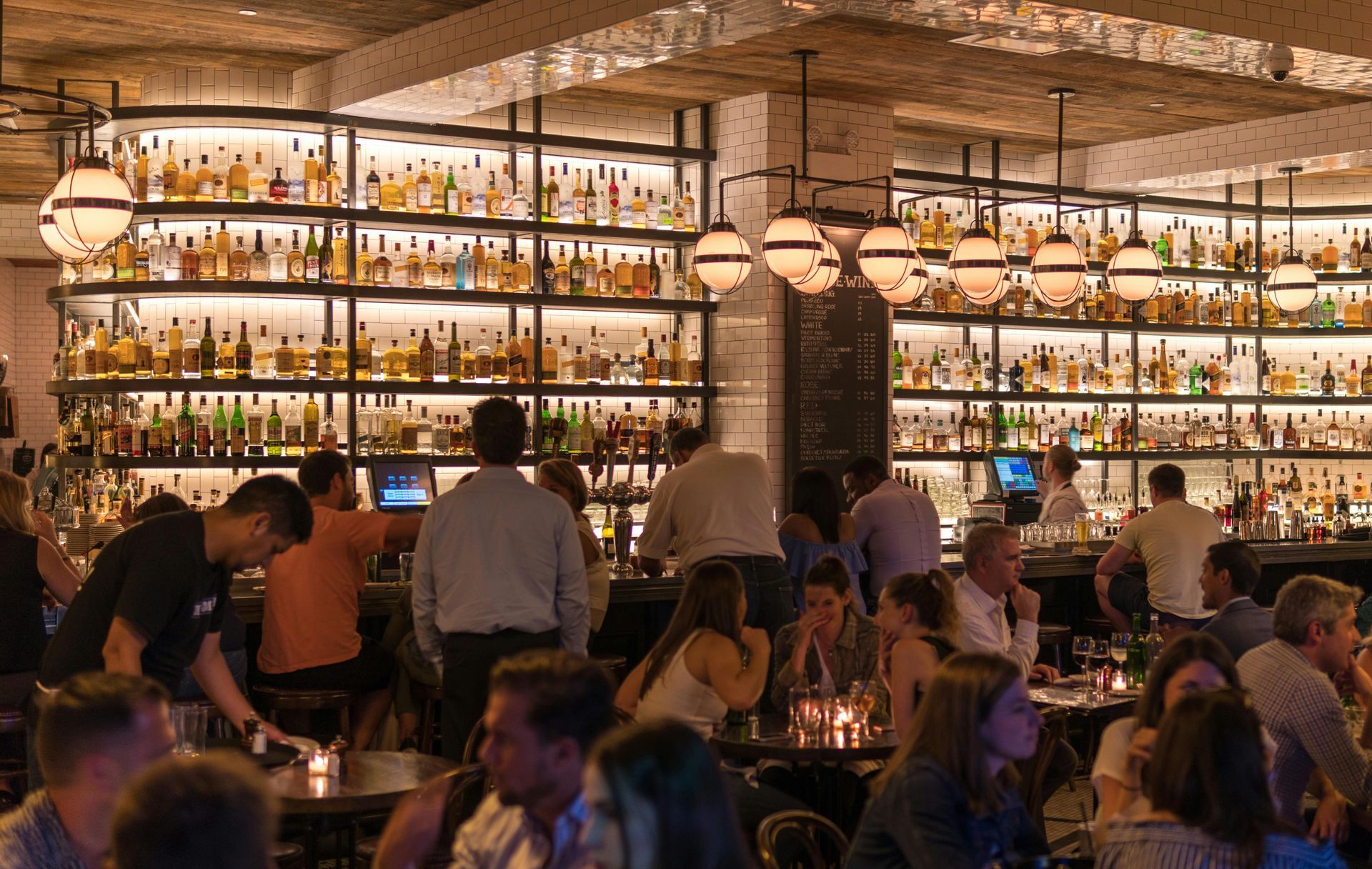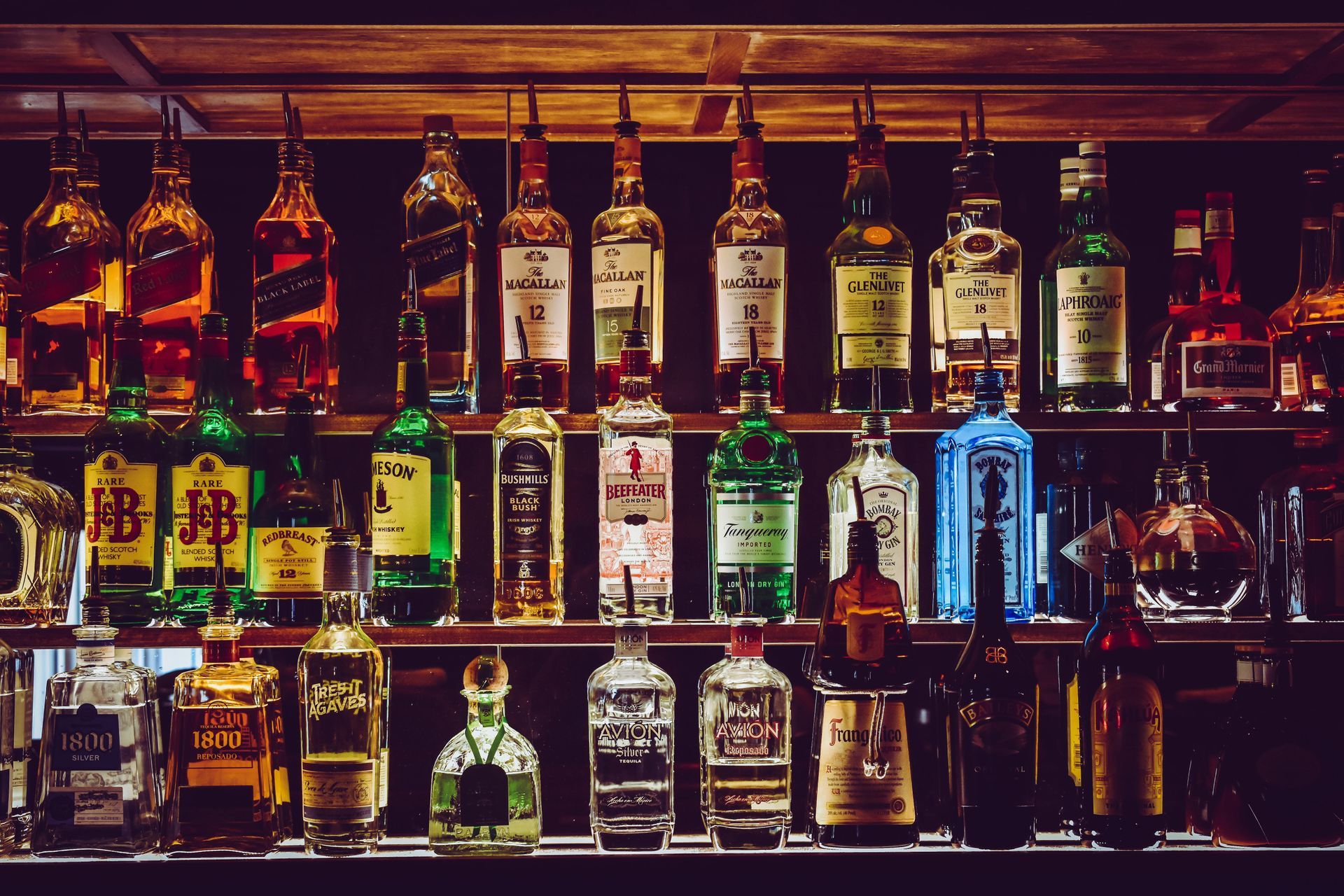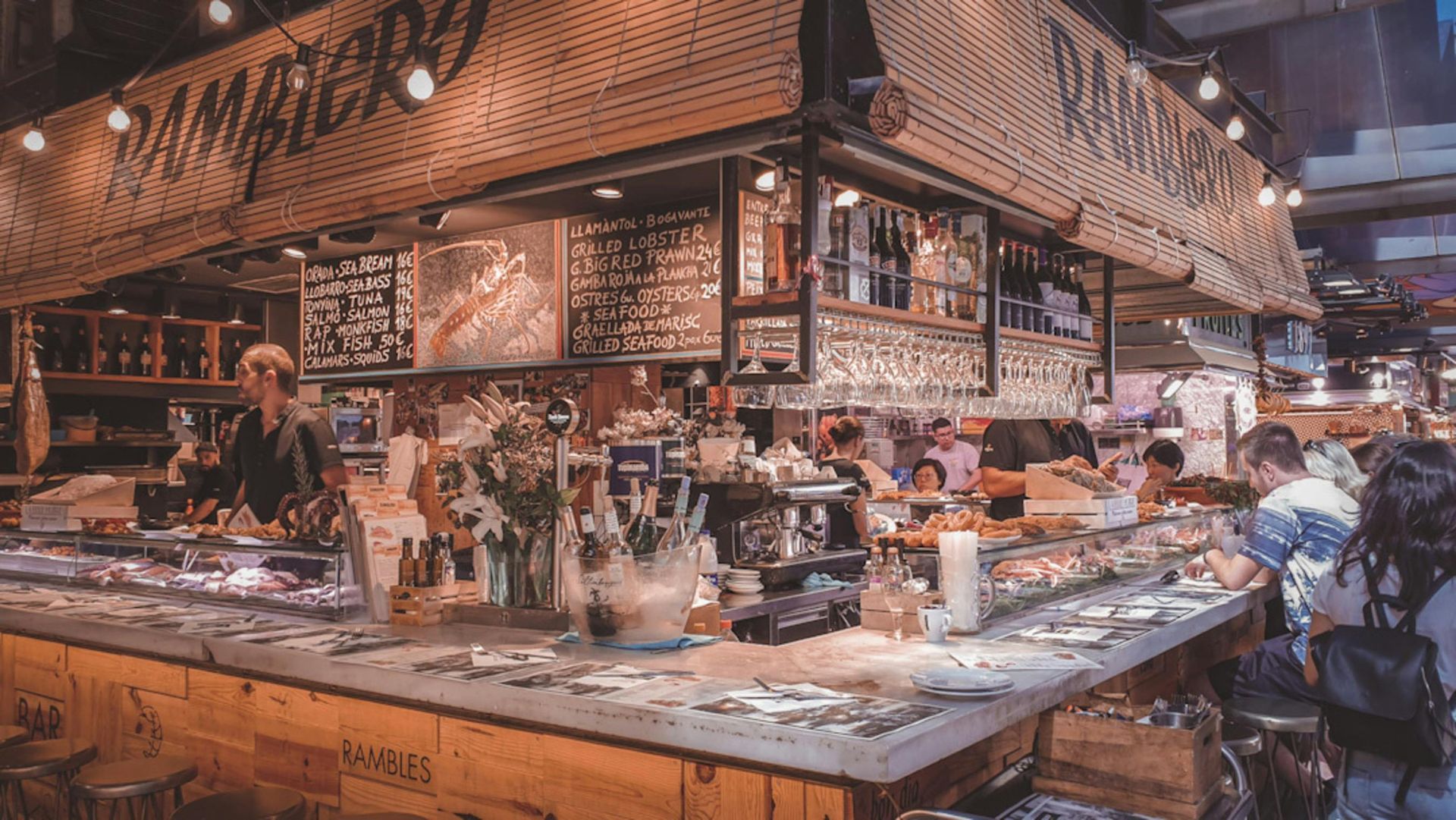Guest experience
Gettye Goins • December 17, 2024
The guest experience at a craft cocktail bar is the heart of everything. It’s what transforms a simple night out into something memorable, something worth coming back for again and again. When you walk into a great bar, there’s an energy that’s both exciting and comforting, a balance of luxury and warmth that makes you feel special without feeling out of place. Creating that experience requires a thoughtful approach—one rooted in genuine hospitality, attention to detail, and a commitment to excellence without ever veering into pretension.
At its core, the philosophy is simple: guests come first. Everything else—the drinks, the service style, even the decor—serves to enhance their experience. A craft bar should feel like a haven where every guest feels seen and valued, whether they’re seasoned cocktail aficionados or casual visitors who just stumbled in. For some, the experience starts with a friendly greeting at the door. For others, it begins when they take a seat at the bar and watch a skilled bartender prepare a drink with the precision and flair of a practiced artist. No matter where it begins, the goal is to ensure that the guest feels an immediate sense of welcome and care.
Bartenders play a central role in shaping this experience. Their movements are deliberate, their confidence palpable, but there’s no room for arrogance. Instead, the bartenders act as performers in the best sense of the word—drawing the guest into the story of the bar through their craft. Every shake, every stir, every garnish is part of the show. But it’s not just about technique. A bartender’s ability to engage with guests is equally important. Some guests may prefer a quiet, unobtrusive service, while others may want to chat, ask questions, or even learn a little about the art of mixology. The trick lies in reading the room, picking up on subtle cues, and adapting accordingly. Great bartenders make it look effortless, but it’s a skill honed through experience, empathy, and a genuine interest in connecting with people.
Consistency is another cornerstone of the guest experience. For the guest who walks in and orders their favorite classic cocktail—be it a Negroni, an Old Fashioned, or a Margarita—the expectation is that it will taste just as perfect as it did the last time they visited, no matter who is behind the bar. This is where precision and standardization come into play. Each recipe is executed with care, every measurement exact, ensuring that the drink meets the bar’s high standards every single time. For guests who want to branch out and try something new, the menu should feel like a curated collection of experiences—each cocktail designed to tell a story, spark curiosity, or surprise and delight. Bartenders must be ready to guide these guests, asking thoughtful questions to understand their preferences and tailoring recommendations that will resonate with them.
Luxury and approachability might seem like opposites, but they can coexist beautifully when done right. Luxury is not just about expensive ingredients or elaborate presentations; it’s about creating a seamless, elevated experience where every detail feels intentional. From the perfectly chilled glassware to the impeccable balance of flavors in a drink, luxury is in the care and effort put into every interaction and every sip. At the same time, a sense of approachability ensures that guests never feel intimidated or out of their depth. This isn’t a space for snobbery or gatekeeping; it’s a place where everyone is welcome, where questions are encouraged, and where education happens organically, without condescension.
That approachability extends to how the staff interacts with guests who may not have a clear idea of what they want. It’s a common scenario—a guest walks in, scans the menu, and looks a little unsure. This is an opportunity, not a challenge. A skilled bartender knows how to gently guide the conversation, asking about flavors the guest enjoys, whether they prefer something light or bold, sweet or bitter. It’s a chance to showcase expertise while making the guest feel heard and understood. When done well, this process doesn’t just result in a great cocktail—it builds trust, making the guest more likely to return and explore more of what the bar has to offer.
The design of the guest experience isn’t limited to what happens at the bar. The atmosphere plays an equally important role. Lighting, music, decor, and even the placement of furniture contribute to the overall vibe of the space. The aim is to create an environment that feels both intimate and lively—a place where conversations flow easily, laughter feels natural, and the stresses of the outside world fade away. The music should complement the energy of the room, shifting subtly throughout the evening to match the mood. The lighting should be warm and inviting, bright enough to read a menu but soft enough to feel cozy. Every element should work in harmony, enhancing the experience without drawing too much attention to itself.
Feedback is an invaluable part of refining the guest experience. Observing guest behavior, listening to their comments, and even paying attention to what goes unsaid can reveal areas for improvement. A guest who lingers at the bar long after finishing their drink might be looking for an invitation to stay and try something else. A group that leaves quickly after ordering might indicate that the space feels too rushed or impersonal. By tuning into these details, the bar can continually evolve, finding new ways to surprise and delight its guests.
Ultimately, the guest experience is about creating a sense of connection. It’s about understanding that each person who walks through the door brings their own story, their own mood, their own expectations. Some are celebrating, others are decompressing, and a few might just be looking for a quiet moment to themselves. The craft bar’s role is to meet them where they are and give them something they didn’t even know they needed—a moment of joy, a sense of belonging, or a truly exceptional cocktail. When done right, this kind of hospitality leaves a lasting impression, turning first-time visitors into loyal regulars and elevating the craft bar into a destination worth seeking out.
The Craft Bar Blueprint
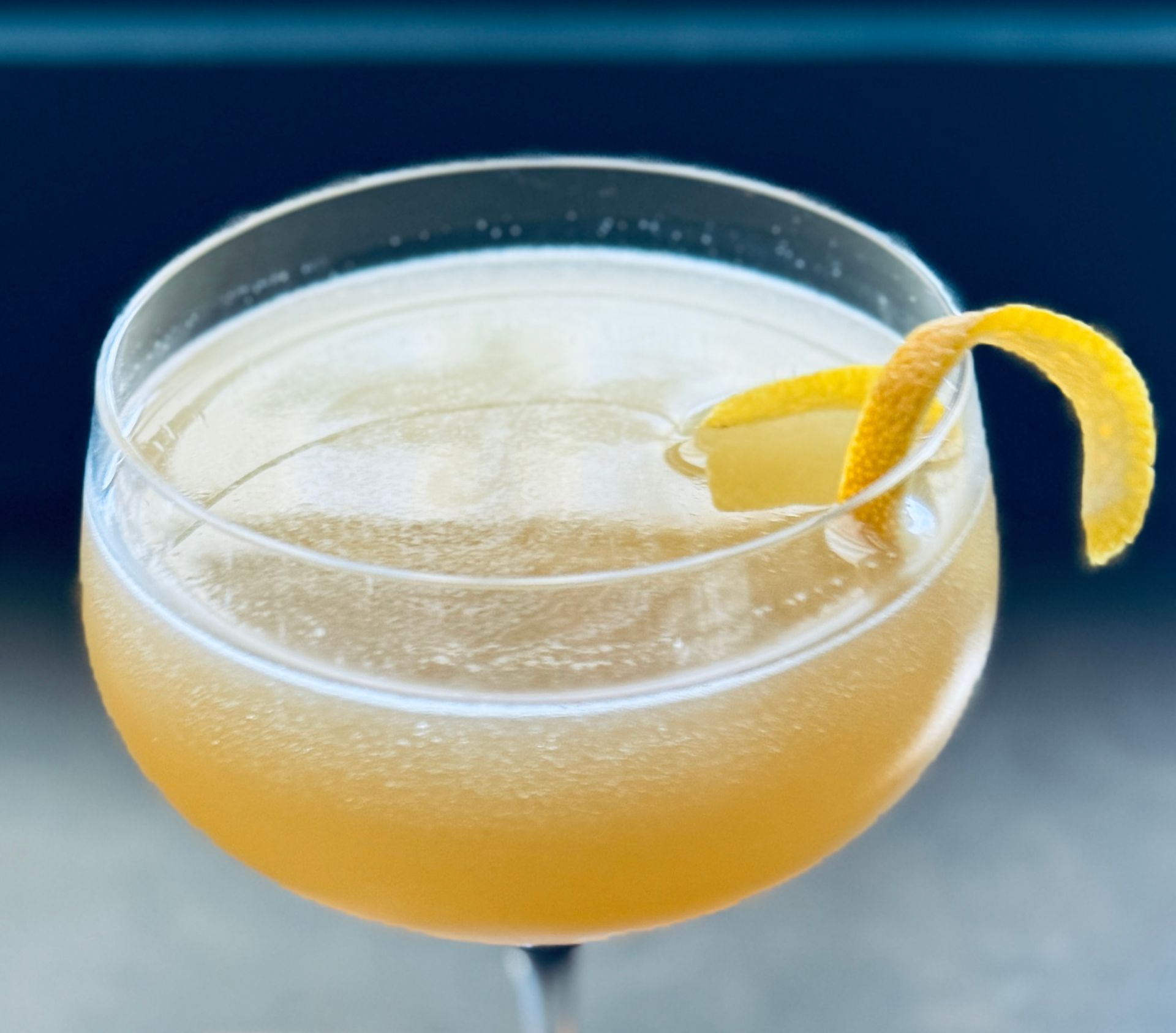
Some drinks are meant to refresh, others are meant to take you somewhere. The Starless Sea is a cocktail born from the idea of stories, inspired by Erin Morgenstern’s novel of the same name. Beneath the surface of our own world lives a place shaped by narrative, where memory and imagination flow like water. That is how I wanted this cocktail to feel - not just a drink but rather a moment that unfolds in layers, like chapters in a novel. Infused with intent: At the heart of this drink is coconut oil infused with lemongrass, cardamom and ginger, used to fat-wash aged rum. More than a culinary trick, this is a method of shaping flavors with control and care. Coconut oil is a nonpolar solvent, which means it extracts aromatic compounds that water or alcohol might miss or muddle. It draws warmth from ginger without the burn, citrus from lemongrass without the bitterness, and spice from cardamom without the astringency. When used to fat-wash the rum, those compounds enter the spirit with subtlety and softness. The result is not only a flavored rum, but the rum actually holds memories and echoes of the flavors of the spices and herbs. The infused rum becomes the foundation of the drink. Its texture is richer, and its voice is softer. The botanicals are less loud, they are gentle and atmospheric, like themes that occur in a story or a dream. Why Fat Washing? Bold ingredients like ginger and cardamom can easily overpower a cocktail if extracted with alcohol. That is why I use fat - not to mute the ingredients, but to curate them. Fat-washing is not just about adding texture. It is a way to filter flavors. Alcohol extracts everything, whether it is desirable or not. Fat chooses. It narrows the spectrum to a more elegant and focused set of notes. The result is not the full chorus, but a solo voice: precise, restrained and emotionally resonant. The oil became my editor when I created this drink. With its essential selectivity it aided me in my goal of evoking a mood and creating something intimate and immersive. The Recipe: • 1.5 oz fat washed aged rum (see below for full process) • 0.5 oz Yellow Chartreuse • 1 oz fresh lime juice • 1 oz honey syrup • 2 dashes orange bitters Shake with ice until cold. Strain into a chilled coupe or a small rocks glass over a single large cube. Garnish with nothing, or with a single lemon twist. I prefer it unadorned, just like the sea at night. Infusing the oil and washing the spirit: To infuse the coconut oil: • 200g unrefined coconut oil • 20g crushed then chopped lemongrass • 15g sliced then crushed fresh ginger • 5g crushed green cardamom pods Vacuum seal the mixture and cook sous vide at 130°F (43°C) for 3 hours. Strain the botanicals out while the oil is still hot, this ensures a clean separation and preserves the clarity of the oil. To fat wash the spirit: Use a 10:1 ratio by volume of warm (room temperature) spirit to warm infused oil. For example, 750 mL of aged rum to 75 mL of infused oil. Combine in a container you can shake vigorously. Shake well to emulsify. Let the mixture sit at room temperature for 5 hours. During that time, shake it about once per hour to keep the emulsion active and ensure even contact. After resting, freeze the mixture overnight. The oil will solidify on top into a puck. The next day, remove the puck first, don’t try to pour the rum while the fat is still in the way. Let the puck drain on a rack or in a funnel to capture the last few drops of spirit. Finally, filter the rum through a moist coffee filter to remove any fine fat particles. The result is a spirit that’s clean, richly aromatic, and texturally enhanced, but not oily. The sensory experience: When you bring the glass to your lips, the first thing you will notice is the aroma: floral, citrusy, unfamiliar in a way that makes you lean in. Secondly, the texture hits. It is soft, almost suspended, thanks to the memory of the coconut oil. The first sip is fresh with lime and honey. A moment later you will feel the Chartreuse glow underneath. Finally, the rum; layered with gentle spice and a lingering, mysterious warmth. The botanicals do not announce themselves. They drift in and out, like motifs and themes returning in different forms. As the drink warms it changes. You will notice new things, such as a touch of more ginger, a little more of the cardamom. The sweetness recedes and the structure becomes clearer. Like a story unfolds, this cocktail reveals itself slowly. Flavor as storytelling: When I design a cocktail I think about pacing, balance, and emotion. More than looking for something plainly delicious, I am looking for resonance. I want to create a drink that moves like a good narrative, something that draws you in, turns a corner, and stays with you once it is over. Flavor holds the power to do this, especially when it is shaped intentionally. Starting with infusing the fat and then using it to wash the rum allowed me to purposefully create the story. Instead of overwhelming the drink with spices, I selected only what belonged in it. Each ingredient plays a role but none of them compete. They collaborate and they whisper. The Starless Sea is not a cocktail to rush. You sit with it. You return to it. You notice something new with each sip. Like a favorite passage in a novel it stays with you, not because of flash but because of feeling. This cocktail is neither loud nor obvious. It is deliberate and in its subtle quietness, it tells a story to remember.
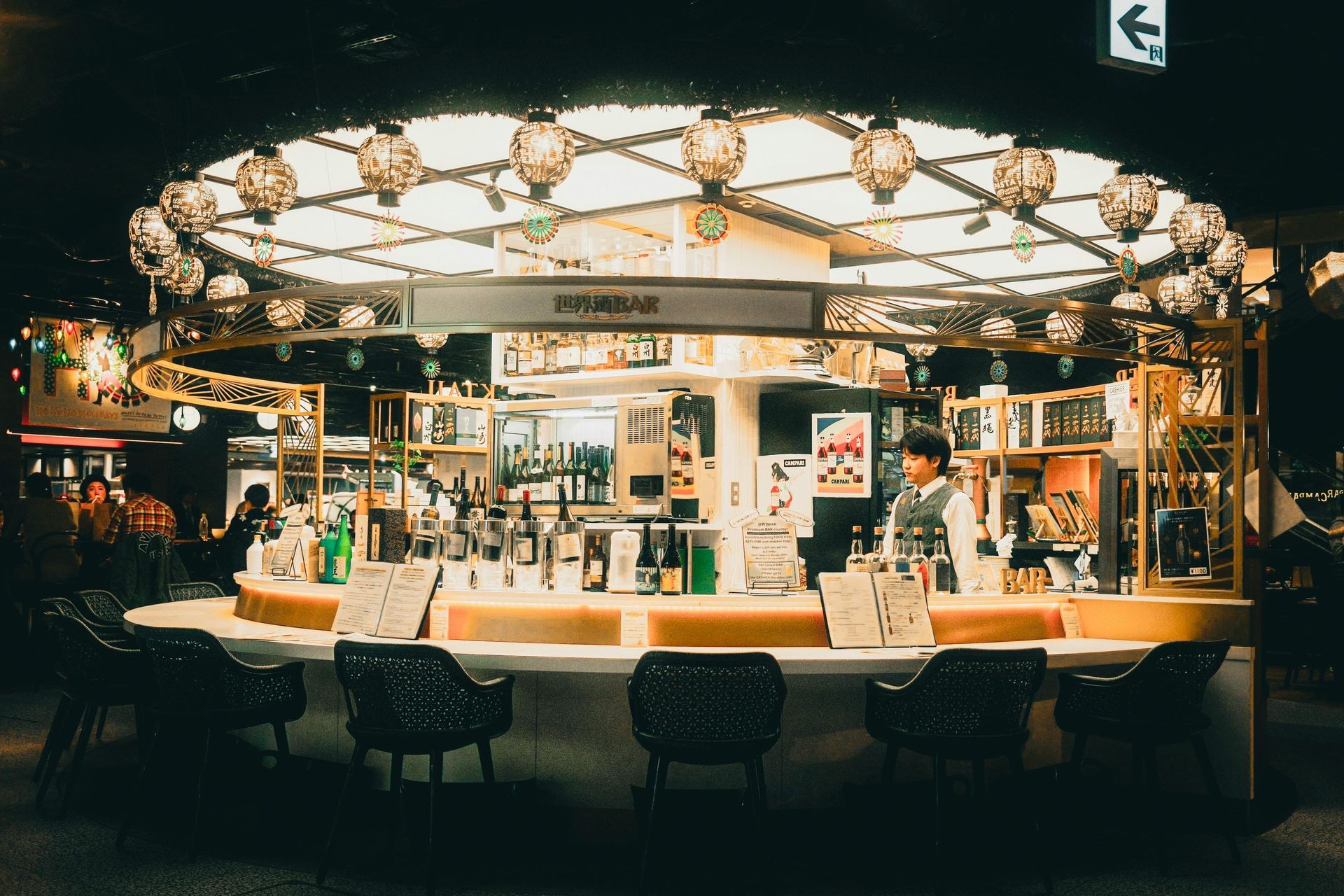
“Discover expert insights into staffing and team dynamics for boutique craft bars. Learn how to build smaller, efficient teams, balance technical skills with guest interaction, and foster a culture of excellence. Explore strategies for training, staff retention, and creating a collaborative environment where barbacks are valued as future bartenders. Master team management techniques that drive profitability and elevate the guest experience.”
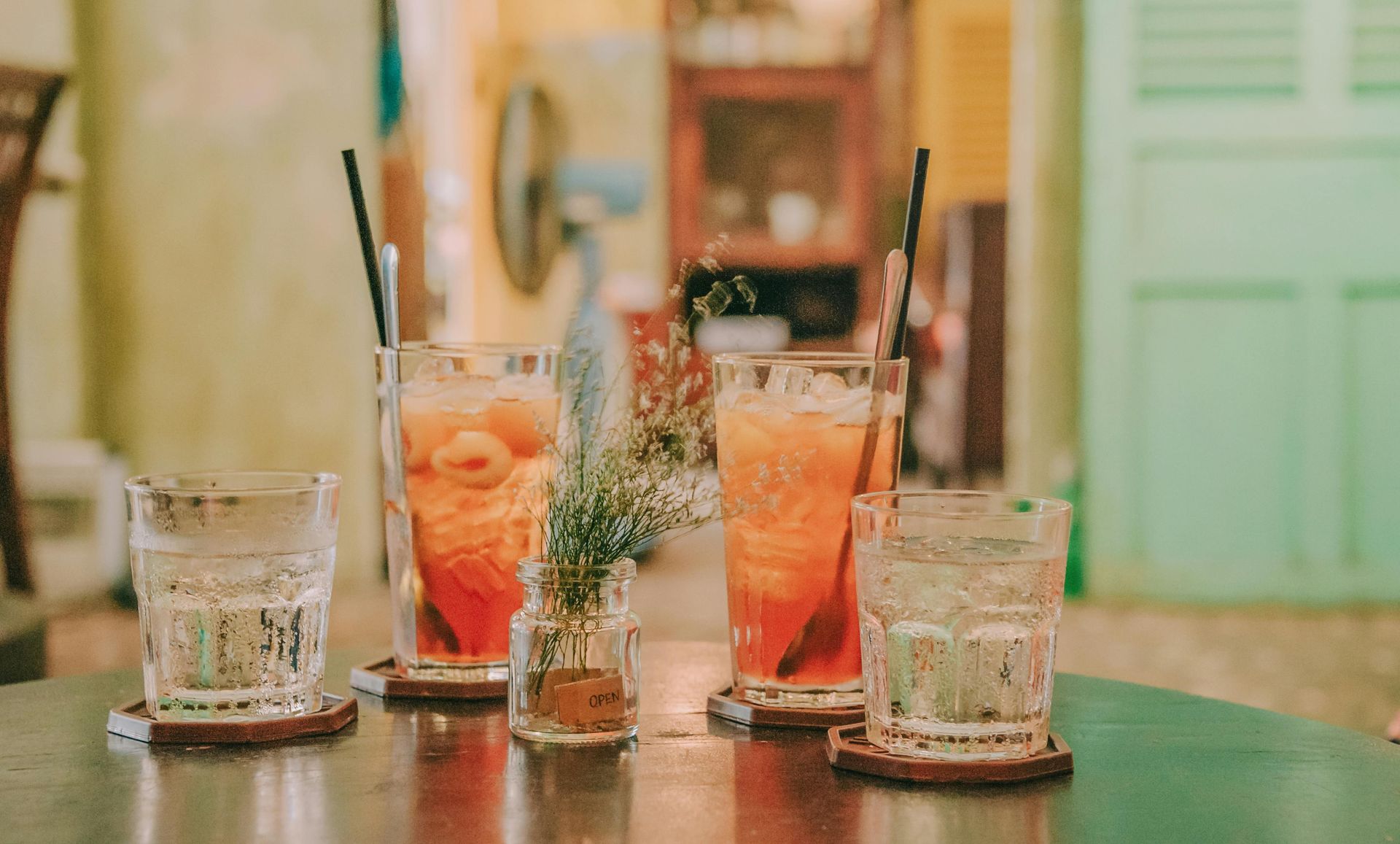
“Explore expert strategies for menu design and development tailored to craft cocktail bars. Learn how to create curated, seasonal menus that highlight innovation while standardizing classic cocktails for consistency. Discover tips for balancing creativity with cost management, fostering bartender participation, and auditing the guest experience to elevate your bar’s offerings and profitability.”
